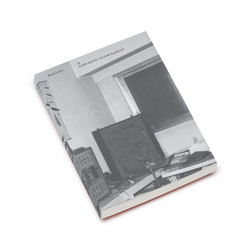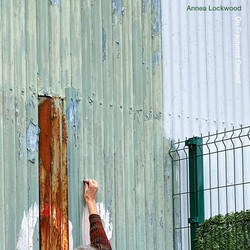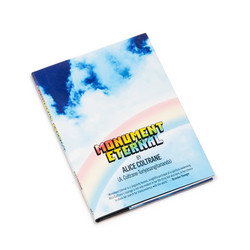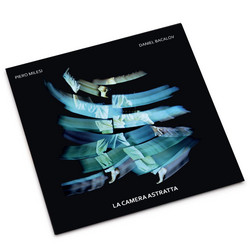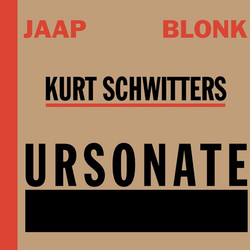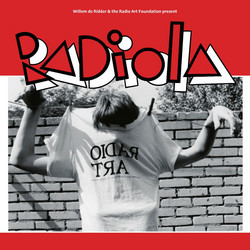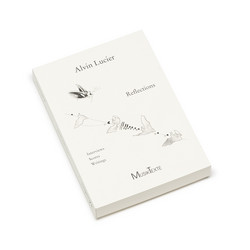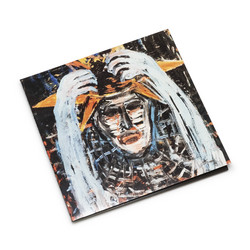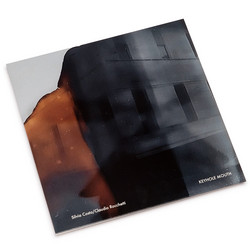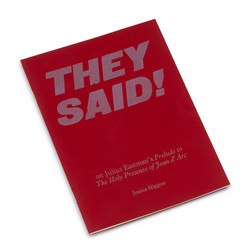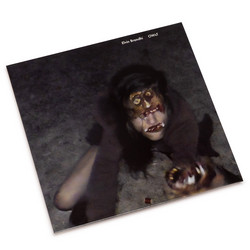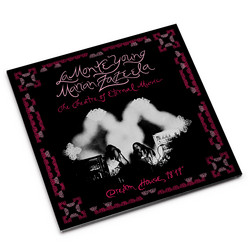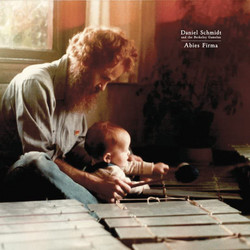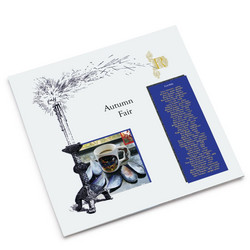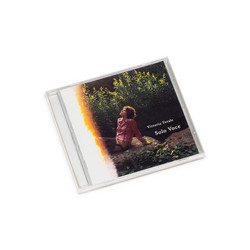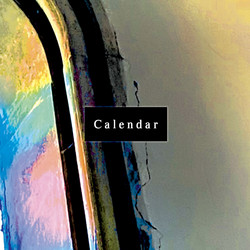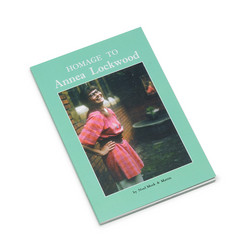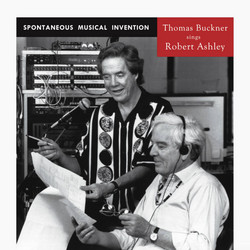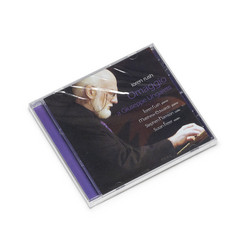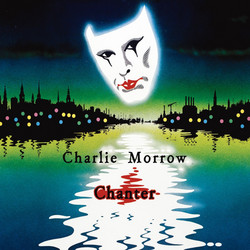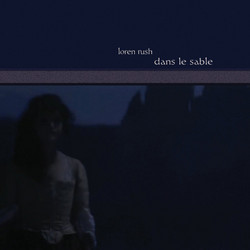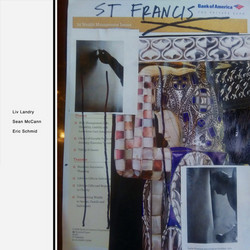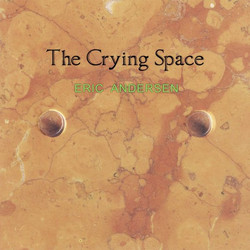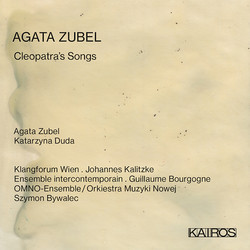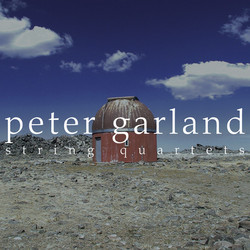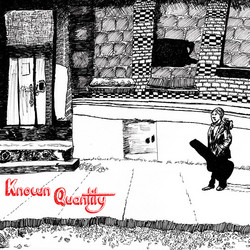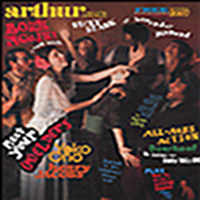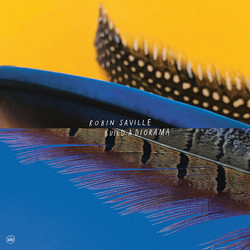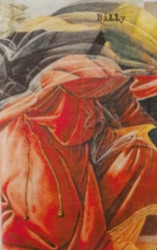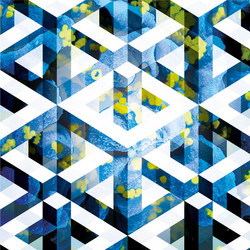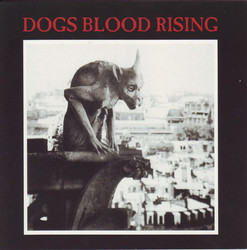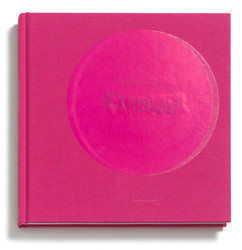**Last copies! Edition of 1000. 20-page pamphlet holding program notes, scores, & a new essay on American Gamelan by Jay Arms Complimentary CD version with additional 20-minute suite** The second album by the American Gamelan composer and instrument builder, Daniel Schmidt, following In My Arms, Many Flowers, his majestic debut on Recital. Abies Firma lies next chronologically, collecting works from 1976 to 1991, considered the second phase of his compositional form. “We were like children playing with new toys,” Daniel recalls of the early days of American Gamelan music. “Though, as we moved into the 1980s, I moved away from Javanese traditional formalism completely, no longer using a constant stream of notes.” Daniel became a father twice over in the early 80s, transforming his compositional voice, finding himself open to new affects. Notably, the Sierra fir species, ‘abies firma’ … “These trees gave me a sense of rising and rising, all their branches reaching toward sun and sky. Looking at them across open spaces, I felt myself part of their upward striving. The tall mountain trees became rising themes and arpeggios, sometimes even sweeping across the six octaves of the gamelan.” This album holds a variety of recordings including an especially immersive tape-delay piece for the rebab, a bowed Javanese instrument. A sort of Eastern Frippertronics weaving the stereo field.
Another standout is a semi-improvised flute and gamelan work, ebbing in slowly like a night’s wind. “Accumulation” and “Abies Magnifica,” the spirited opening pieces, exemplify the precision and dexterity of Daniel’s group, The Berkeley Gamelan, who at this time were constantly performing around North America. Two pieces on the album were co-composed by Schmidt and the late Lou Harrison, who helped conceive of the American style of gamelan and enjoyed a similarly long and varied musical career. “Unempins to Sociseknum” is based on arranging Harrison’s social security number against Schmidt’s unemployment insurance number. A window into the cooperative spirit and experimentation of the late 70s. With each LP comes a CD including the addition of “One White Crow,” a three-part tapestry of melodic fragments which epitomizes the second phase of Schmidt’s composing; a divergence from both Javanese and European music. Daniel states, “William James once said that one white crow would suffice to overturn science’s assertion that all crows are black. I felt myself to be ‘one white crow’ amidst the prominent, established musical styles.”

